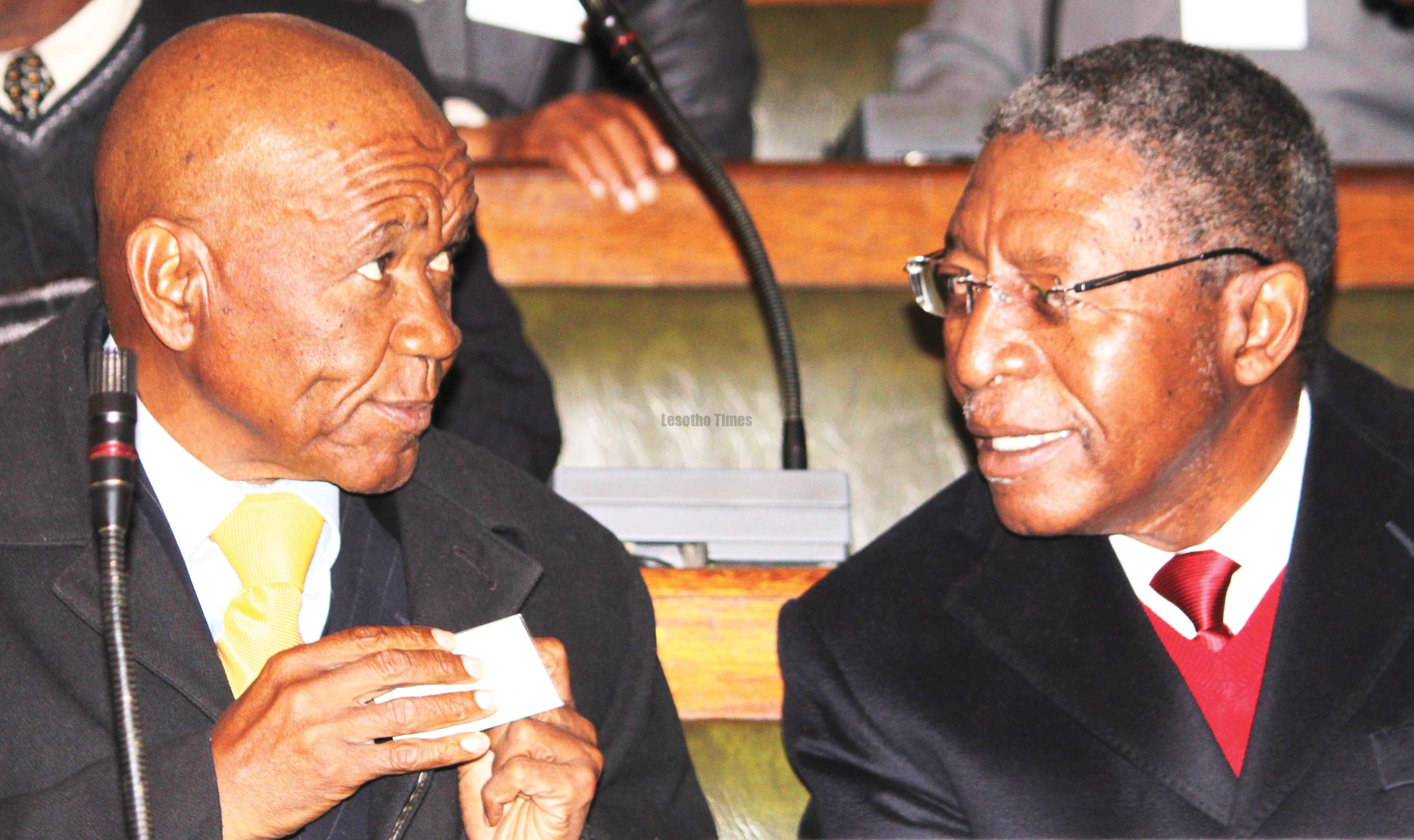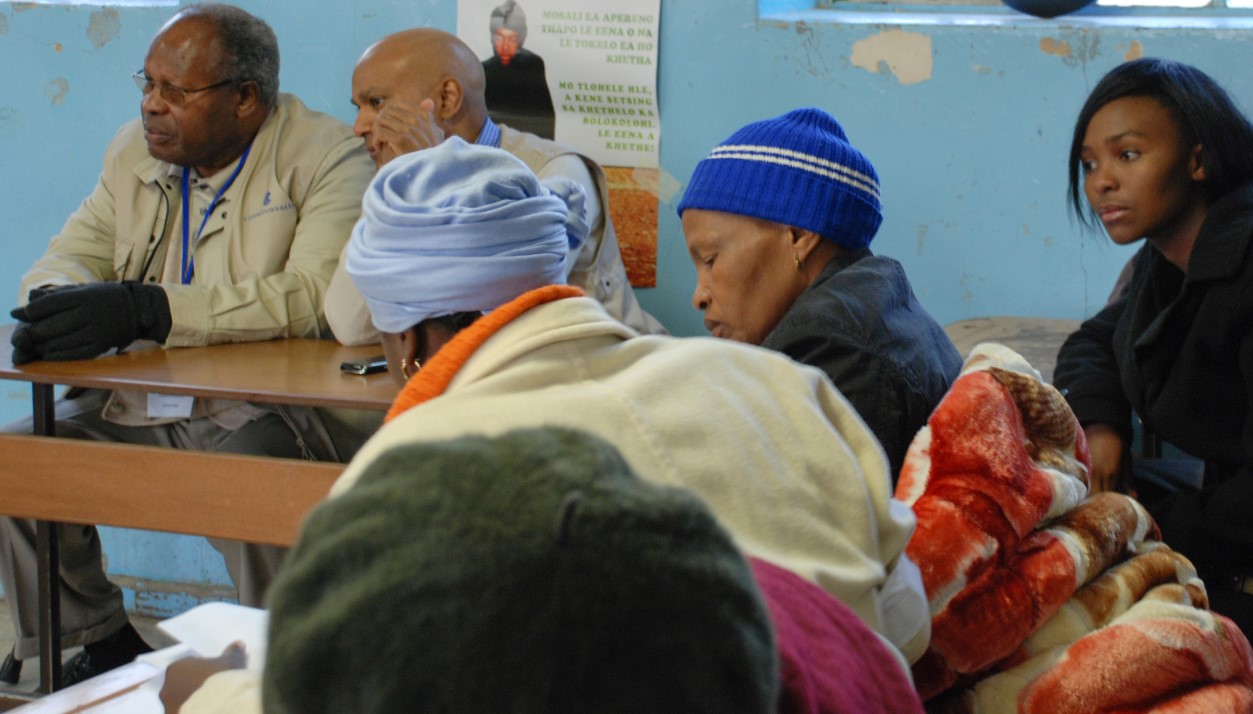Effects of not having a national long-term vision

Mr Mzimkhulu Sithetho
Managing Director of the Governance Institute for Sustainable Development and Editor-In-Chief of thizkingdom.com

Absence of a vision
Absence of a long-term vision among those conferred with authority to lead a nation leads to narrow focus at the expense of posterity. Currently, it is not clear what Lesotho wants to be in the next 10, 15, 20, and 30 years. Vision 2020, which was crafted 19 years ago comes to an end next year. But todate, there is no clear vision where the leadership wants this country to be in the foreseeable future. Even then, the implementation of the Vision 2020 has not been measured in the medium-term. There were not medium-term plans spanning for three-five years, putting in motion concrete plans to implement the Vision.
Glace at Vision 2020
The Vision statement reads: "By the year 2020 Lesotho shall be a stable democracy, a united and prosperous nation at peace with itself and its neighbours.
It shall have a healthy and well-developed human resource base.
Its economy will be strong; its environment well managed and its technology well established."
The former Minister of Finance and Development Planning, Dr Timothy Thahane indicated in 2004 in his preface to the National Vision Document that Lesotho had only relied on five-year plans, rolling three-year plans and annual budgets, but without a vision spanning say, 20 years. He had indicated that this short-term deprived Basotho an opportunity to plan their development trajectory for the next couple of years. Had this to say: "Starting from 1970, Lesotho based its development on Five Year Development Plans, Annual Plans and Budgets. In 1997 it changed to Three Year Rolling Plans. While these plans were useful in so far as they went, they were not long enough to see where the nation would be in fifteen or twenty years.
Minister Thahane went on to state that short-term and medium-term thinking presented a challenge in planning poverty reduction as this is a long-term project that requires a far-sighted vision. This vision would then be put in motion by medium-term plans spanning for five years in order to realise the long-term goal.
The vision got lost in the midst of short-term fixation with a narrow focus on squabbles within and across the political spectrum. Within the period 1993-2013 (20 years lost with little or no difference made in the development trajectory of the country) leaders focused on jostling for power within political parties and had little concern for the national agenda.
No development pillars identified
The leadership of the country did not identify pillars that would lead the development trajectory of the country. Identification of the pillars such as good governance, characterised by rule of law, respect for human rights, transparency and public participation as well as accountability would have ensured that the development trajectory was being cushioned by a strong good governance architecture.
Most Read
The cooling of the political temperatures came with the BAP joining the bandwagon after a season of political agitation and chess games, reflecting political anomalies in the system of political governance of Lesotho:

Reforms, Elections and Democratic Stability in Lesotho

A Comprehensive Analysis of Lesotho's Textiles and Garment Sector

Related Stories
Opinion Vote Polls
Do you think the existing government is going in the right direction to benefit the people of the country?
Subscribe for your daily newsletters
Enter your email to subscribe to our newsletter.

